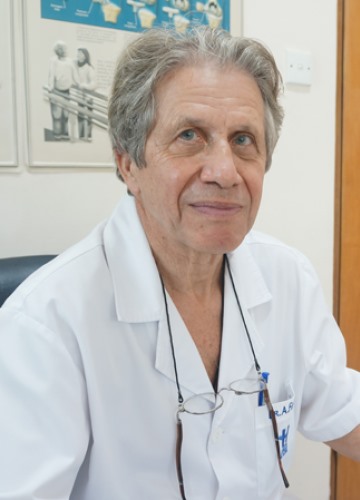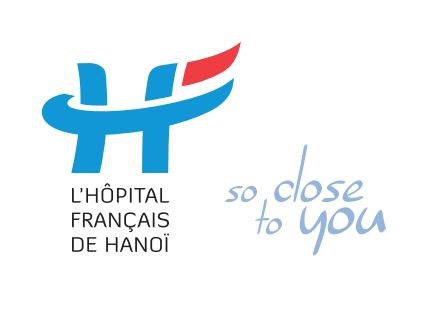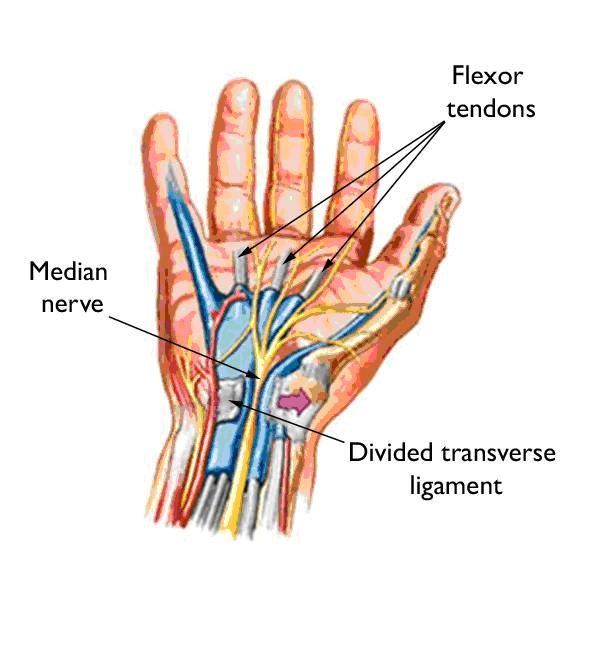 Life & Style
Life & Style

CTS is caused by pressure on the median nerve, which runs through the length of the arm to the hand, while travelling through the wrist passage called the carpal tunnel.
 |  |
| Dr. Alain Fauvy. — Photo courtesy of Hanoi French Hospital |
By Dr Alain Fauvy*
Carpal Tunnel Syndrome (CTS) is caused by pressure on the median nerve, which runs through the length of the arm to the hand, while travelling through the wrist passage called the carpal tunnel.
The median nerve controls the movements and sensations of your thumb and other fingers, except the pinky. If the median nerve is compressed, you may feel numbness, tingling, pain or weakness in your hand and the first four fingers.
Symptoms of CTS generally start showing at night, as most people sleep with their wrists bent, increasing the pressure on the median nerve. As the condition worsens, you may experience the same symptoms during the day too, usually associated with actions that make your wrist bend up or down for some time, like typing on your computer or driving your car or any other repetitive motion.
Diagnosis
Your doctor may do several tests to diagnose CTS and rule out other causes for your symptoms. The tests commonly include:
Treatment
CTS starts off slowly but worsens progressively. It is important to start treatment as early as possible to minimise the risk of permanent nerve damage and to maximise outcome and ensure speedy recovery. Many options are currently available.
 |
If you have moderate symptoms for less than six months or when awaiting surgery, non-surgical treatment may help to relieve your symptoms. Such options include:
If your symptoms are severe, have lasted for more than six months or do not respond to other treatment, surgical treatment may be the best option. Surgical treatment of CTS is considered the gold standard yielding excellent immediate and long-term results. Two different techniques are available, endoscopy and open surgery. In both the procedures, your surgeon cuts the ligament around the carpal tunnel to reduce the pressure on the median nerve. The ligament will heal back together but with more space for the nerve.
In either technique, only a short stay at the hospital is required. Based on the severity of your condition, your surgeon will recommend the type of surgery and anesthesia most suitable for you. Your doctor will also explain the risks and benefits associated with the recommended procedure. Complications are rare, but it’s good to ask your doctor for detailed explanations about the risks, which may include nerve damage, wound infection and a painful scar. Sometimes the ligament is too hard to cut during an endoscopic procedure and a conversion to open surgery may be needed. You may experience relief from symptoms the same day of your procedure, but complete healing can take up to several months. — Hanoi French Hospital
* Dr Alain Fauvy works together with Cao Manh Lieu at the Department of Orthopedic Surgery and Traumatology at Hanoi French Hospital (HFH). He has many years of medical expertise in the treatment of conditions and injuries of the bones, joints and muscles.
If you have any questions or want to book an appointment with our doctors, please contact us at 84-24.3577.1100, or visit www.hfh.com.vn, or email us at contact@hfh.com.vn. Address: 1, Phương Mai, Đống Đa, Hà Nội




